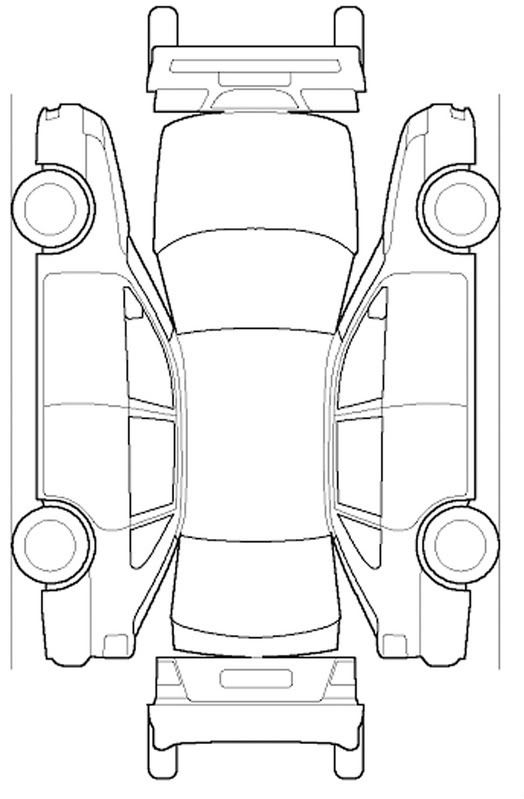Superior Shine
New member
yakky said:There are no absolutes. We have two A4's, one has 20 more microns of paint. What has worked well for me is to measure around the emblems and under the mirrors (places where a polisher won't really fit) to get somewhat of a baseline for that particular car. The best plan of action, if you have the time is to draw up a paint map. Take lots of measurements on each panel and record them. Then you will be able to judge what condition the car is in and if it has been repainted. That said, most new stuff is in the 110-130 range.
You must get paid lots of money for your work or just like to waste time (or both) .
Paint map???
I have over 25 years of polishing experience and maybe have used my paint thickness gauge 10-15 times.
The times I have used it was to correct deep paint defects.
A paint thickness gauge isn't an essential part of a paint polishers arsenal.

